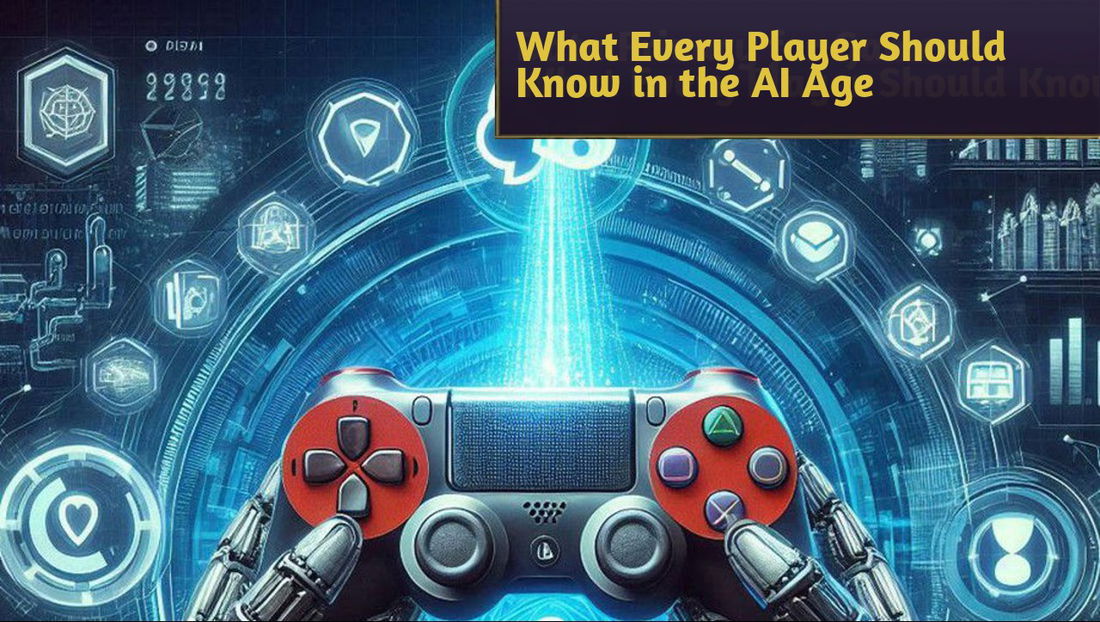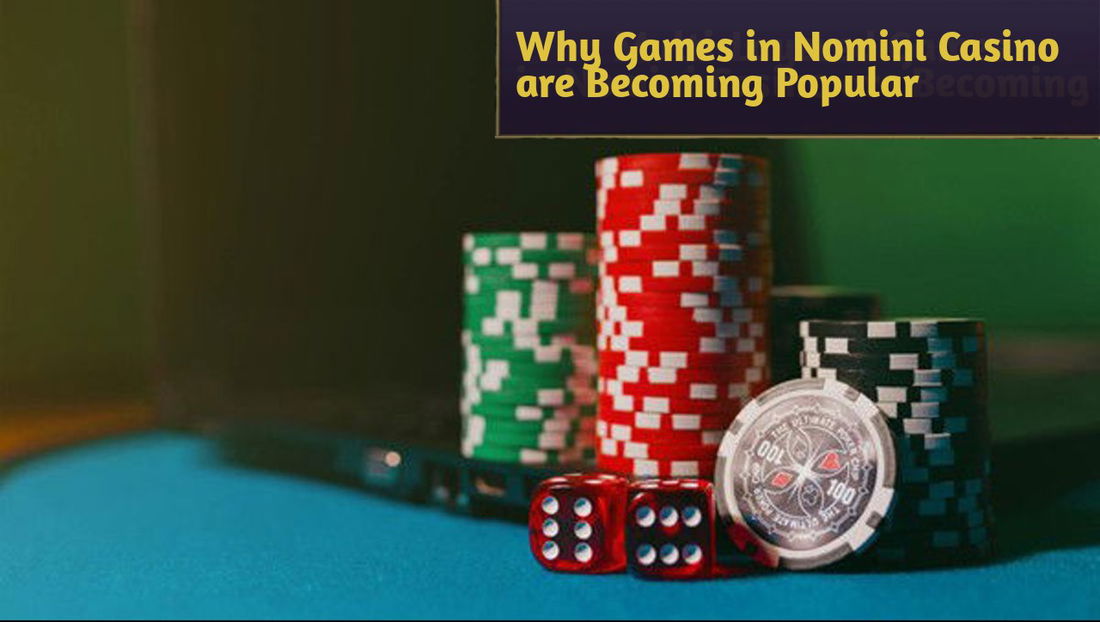While often associated with the detection of bluffs in poker, the ability to interpret subtle facial cues, known as "tells," is a powerful asset in numerous social and professional interactions. It is a matter of becoming a keen observer of the human canvas, recognising the fleeting micro-expressions and involuntary shifts that can betray underlying emotions and intentions.
Mastering the subtle art of reading facial expressions in card games can provide a significant advantage, akin to the strategic insights gained by understanding the nuances of 7 bitcasino as well as similar top-rated online casinos.
The Art and Science of Facial Tells
The ability to interpret facial expressions does not entail the possession of a supernatural ability; rather, it is the result of a combination of innate human intuition and acquired observational skills. The human brain is anatomically adapted to process facial information rapidly and often subconsciously. Instinctively, individuals react to expressions such as smiles, frowns and widened eyes. However, the mastery of facial reading entails the conscious refinement of this innate ability, leading to an attunement to the subtleties that may elude others. Just as skilled card players learn to decipher tells on their opponents' faces, those seeking potential bonuses might look for a https://7-bit-casino.com/no-deposit-promo-code/ to enhance their gameplay.
Psychologists have conducted extensive research on the subject of facial expressions, with the aim of identifying universal emotions that manifest in a predictable manner. For instance, the contraction of the orbicularis oculi muscle around the eyes, often resulting in the formation of "crow's feet," has been observed to occur in genuine happiness.
This distinctive feature serves as a reliable indicator that can differentiate a sincere smile from one that is contrived. Similarly, fleeting expressions of fear, surprise, anger, disgust, and sadness have been shown to leave subtle traces on the face, often lasting only fractions of a second. The term "micro-expressions" has been coined to describe these transient facial responses.
Beyond Basic Emotions
Whilst the ability to recognise basic emotions constitutes a crucial foundation, the attainment of true mastery is predicated on the interpretation of more complex signals. These may include:
Ad
• Eye movements and gaze: Darting eyes may be indicative of nervousness or deception, while prolonged eye contact can suggest confidence or even aggression, depending on the context. Changes in pupil dilation can also be involuntary indicators of interest or arousal.
• Mouth and lip movements: A tight-lipped expression can be indicative of tension or concealed anger, while slight trembling of the lips may be suggestive of anxiety. A pressed or pursed mouth frequently signifies disagreement or the withholding of information.
• Forehead and brow activity: The furrowed brow is often indicative of concentration, confusion, or worry. Conversely, raised eyebrows can signify surprise or disbelief.
• Nose and cheek changes: A flare of the nostrils is a sign of anger. A flush of the cheeks is an indication of embarrassment or heightened emotional arousal.
• Head and posture: A tilted head is a clear sign of curiosity or attentiveness. A rigid posture is a surefire indicator of defensiveness. Fidgeting hands and tapping feet are tell-tale signs of nervousness.
It is imperative to acknowledge that the interpretation of non-verbal cues necessitates the consideration of contextual factors. A furrowed brow, for instance, is often interpreted as a sign of concentration when confronted with a complex mathematical problem.
Conversely, the same expression in a casual conversation might be understood to signify concern. Cultural differences also exert a substantial influence on the expression and interpretation of emotions. Consequently, what is regarded as a sign of respect in one cultural context may be perceived differently in another.
Applying Tell Reading in Card Play
Ad
In the domain of card games, the ability to interpret one's opponents' facial expressions can yield a substantial advantage. A player who possesses a strong hand may unconsciously display subtle indications of confidence, such as a slight relaxation of the facial muscles or a steadier gaze. In contrast, a player engaging in bluffing may exhibit micro-expressions of anxiety, including a brief tightening of the lips or an accelerated blink rate.
However, experienced players have also been shown to be proficient in the art of masking their tells, and even employing reverse tells – that is to say, deliberately displaying misleading cues. Therefore, reliance on facial reads in isolation, without consideration of betting patterns, game context, and individual player history, can be considered a risky strategy. The most successful players have been demonstrated to combine their observational skills with a deep understanding of the game's dynamics.
The Broader Applications
The advantages of cultivating one's ability to interpret facial expressions extend beyond the realm of card games. In the context of business negotiations, the ability to discern subtle indications of hesitation or scepticism in one's counterpart can yield invaluable insights. In the field of sales, the capacity to recognise a fleeting expression of interest or doubt in a potential client's eyes can assist in customising one's approach. In daily social interactions, being attuned to non-verbal cues can enhance empathy and improve communication.
The ability to interpret facial expressions is a continuous process of observation, learning, and refinement. It entails not only paying attention to verbal communication, but also to the silent language of expressions. By becoming a more astute observer, an individual can gain a deeper understanding of human emotions and intentions, thereby enriching their interactions in numerous aspects of life.





— commentaires0
Soyez le premier à commenter